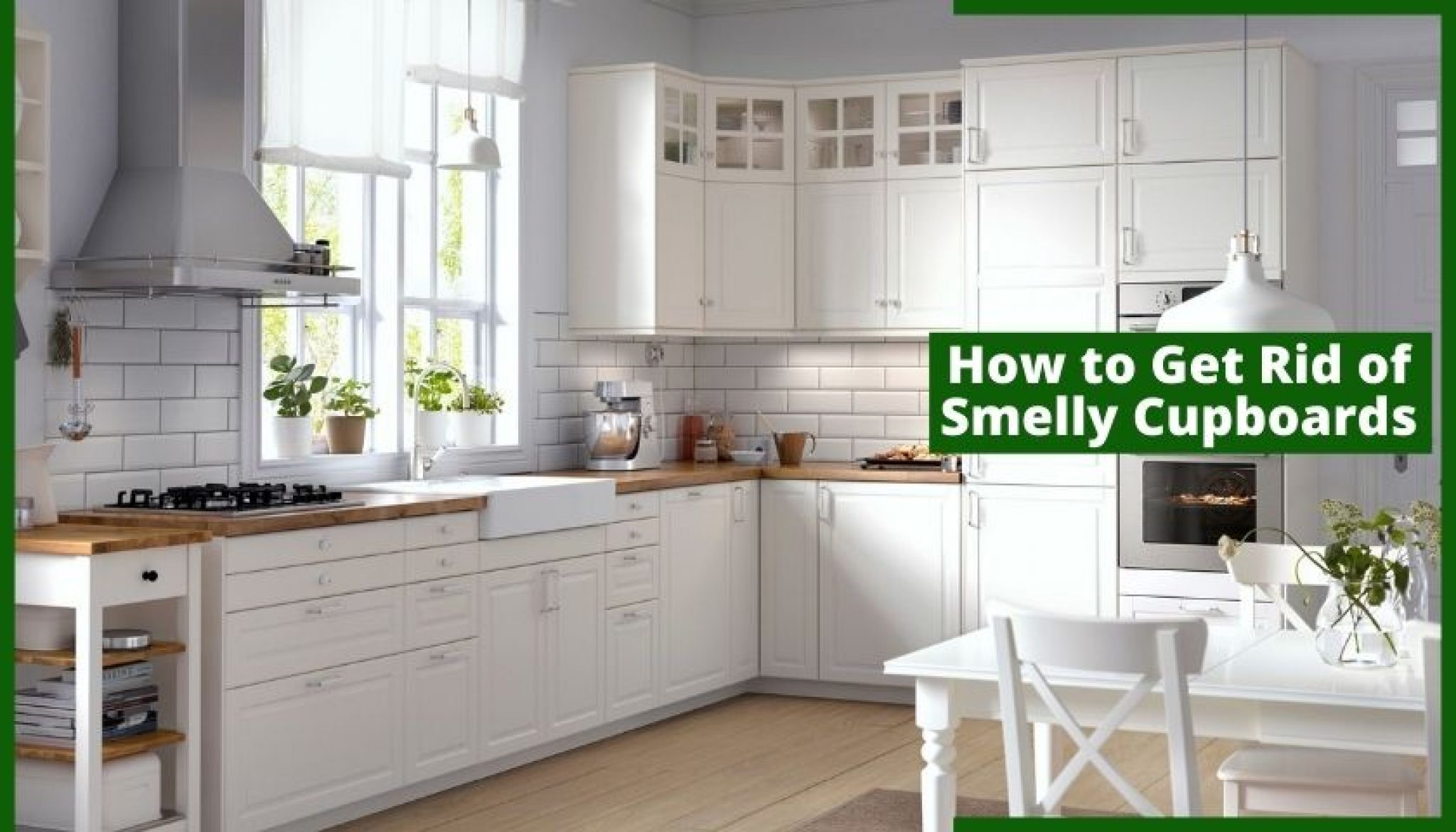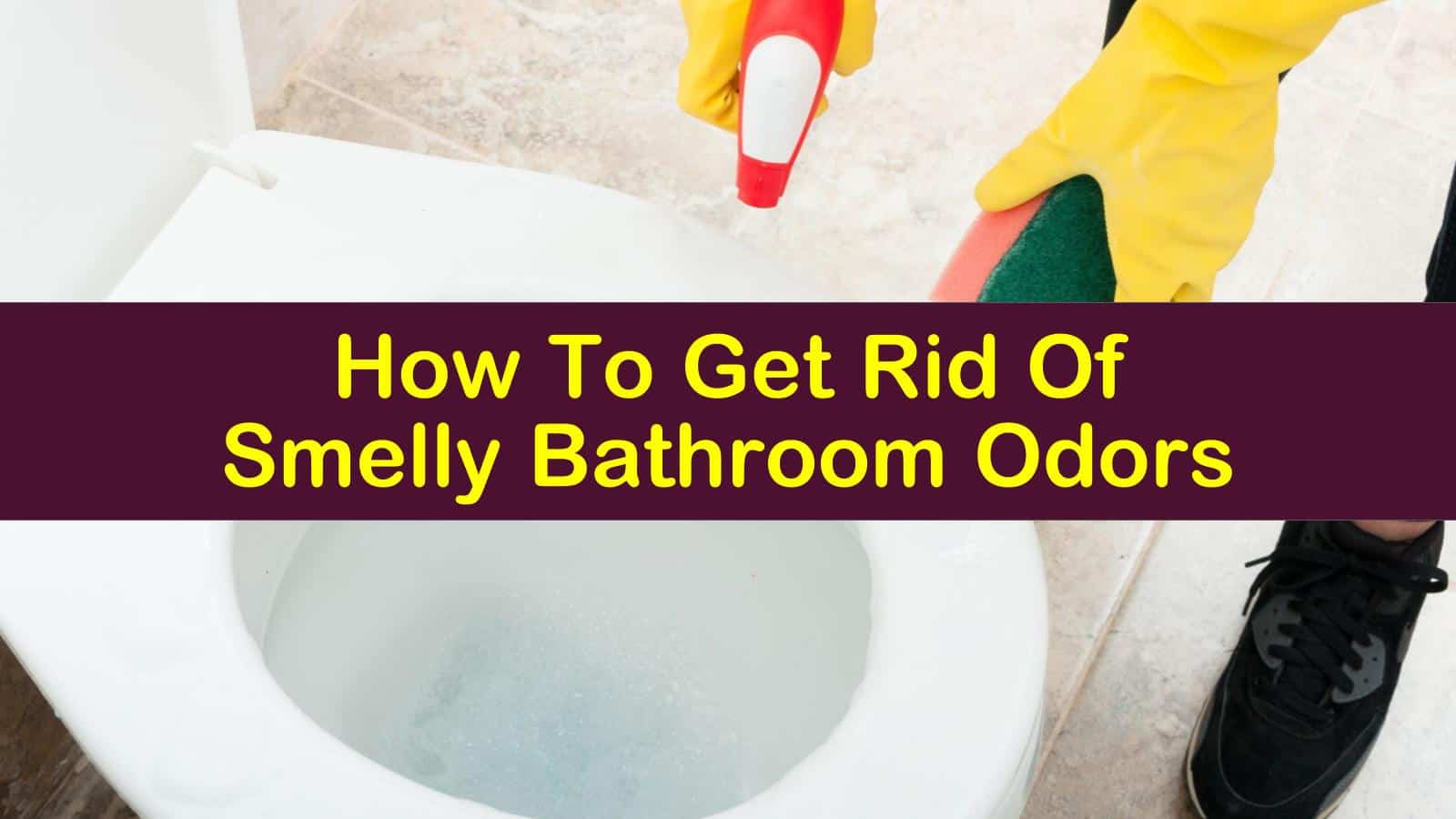Understanding the Source of the Smell

A smelly bathroom cabinet can be a source of embarrassment and discomfort. Identifying the source of the odor is crucial for effectively eliminating it. Several factors can contribute to the unpleasant smell, including mildew, mold, bacteria, and inadequate ventilation.
Mildew and Mold
Mildew and mold thrive in damp environments, making bathroom cabinets susceptible to their growth. They are microscopic fungi that release spores, which can trigger allergic reactions and respiratory problems in some individuals. The presence of moisture, often from condensation or leaks, creates an ideal breeding ground for these organisms. The spores are often invisible to the naked eye, but their presence is revealed by the musty or earthy odor they produce.
Bacteria
Bacteria are single-celled organisms that can proliferate in warm, moist environments, such as bathroom cabinets. They are particularly attracted to surfaces with food particles or organic matter, including toothpaste, hair products, and even spilled liquids. The presence of bacteria can lead to a variety of unpleasant odors, including a sour or putrid smell.
Improper Ventilation
Proper ventilation is essential for maintaining a healthy bathroom environment. Inadequate ventilation allows moisture to accumulate, creating a breeding ground for mildew, mold, and bacteria. In poorly ventilated bathrooms, the air can become stagnant, trapping odors and contributing to a musty smell.
Cleaning and Deodorizing Techniques: How To Get Rid Of Smelly Bathroom Cabinets
Once you’ve identified the source of the smell, it’s time to tackle the odor itself. This involves a thorough cleaning of the cabinets and the surrounding area, along with the use of deodorizing agents to neutralize any lingering smells.
Cleaning Bathroom Cabinets, How to get rid of smelly bathroom cabinets
Thorough cleaning is essential for removing the source of the odor and preventing its return.
- Empty the cabinets: Remove all items from the cabinets, including toiletries, medications, and any other stored items. This allows for easier access to all surfaces and ensures a comprehensive cleaning.
- Dust and wipe down surfaces: Use a damp cloth and mild soap to wipe down all surfaces inside the cabinets, including shelves, doors, and the back wall. Pay special attention to any areas that may have accumulated dust, grime, or spills.
- Clean the shelves: Remove any removable shelves and wash them thoroughly with warm soapy water. For stubborn stains, you can use a baking soda paste or a commercial cleaning product specifically designed for cleaning bathroom surfaces. Make sure to rinse the shelves well before replacing them in the cabinets.
- Clean the doors: Wipe down the cabinet doors with a damp cloth and mild soap, focusing on the handles and hinges. These areas often accumulate grime and bacteria. If the doors are made of wood, you can use a wood cleaner to restore their shine and protect them from moisture damage.
- Clean the surrounding area: After cleaning the cabinets, it’s important to clean the surrounding area, including the walls, floor, and sink. This helps prevent the odor from returning and ensures a clean and fresh environment.
Using Cleaning Agents
The choice of cleaning agents depends on the material of your cabinets and the severity of the odor.
- Mild soap and water: This is a safe and effective option for most bathroom cabinets. Use a mild dish soap or a general-purpose cleaner diluted with water. Avoid using harsh chemicals that can damage the cabinet surfaces or leave behind a lingering smell.
- Baking soda paste: Baking soda is a natural deodorizer and cleaning agent. To make a paste, mix baking soda with a small amount of water. Apply the paste to the surfaces of the cabinets and let it sit for a few minutes before wiping it off with a damp cloth. Baking soda can also be used to clean and deodorize shelves and drawers.
- Vinegar: Vinegar is another natural deodorizer and disinfectant. Dilute vinegar with water and use it to clean the cabinets. Vinegar can also be used to clean the surrounding area, including the sink and countertops.
- Commercial cleaners: If the odor is particularly strong or stubborn, you can use a commercial cleaner specifically designed for cleaning bathroom surfaces. Look for cleaners that are bleach-free and fragrance-free to avoid adding another scent to the bathroom.
Importance of Ventilation
Proper ventilation is crucial during and after cleaning to remove any lingering odors and moisture.
- Open windows: Open windows during and after cleaning to allow fresh air to circulate. This helps to remove any lingering odors and moisture from the bathroom and the cabinets.
- Use a fan: If you don’t have windows or it’s not feasible to open them, use a fan to circulate air. A bathroom fan is ideal, but a portable fan can also be helpful.
- Leave the door open: After cleaning, leave the cabinet doors open for a few hours to allow the surfaces to dry completely and for any lingering odors to dissipate.
Cleaning Schedule
To prevent future odor buildup, establish a regular cleaning schedule for your bathroom cabinets.
- Weekly cleaning: Wipe down the surfaces of the cabinets with a damp cloth and mild soap. This helps to remove any dust, grime, or spills that can contribute to odor buildup.
- Monthly cleaning: Perform a more thorough cleaning, including removing and cleaning shelves and drawers. This helps to ensure that the cabinets are clean and free of any lingering odors.
- Deep cleaning: Every few months, perform a deep cleaning of the cabinets, including removing all items and cleaning all surfaces thoroughly. This helps to prevent the buildup of mold, mildew, and bacteria.
Preventive Measures

Preventing bathroom cabinet odors requires a proactive approach that involves regular cleaning, proper storage practices, and the use of deodorizers. By implementing these strategies, you can significantly reduce the likelihood of unpleasant smells developing in your bathroom cabinets.
Regular Cleaning
Maintaining a clean bathroom cabinet is crucial for preventing odors. Here’s how to do it:
- Empty and Clean Regularly: Remove all items from the cabinet and wipe down the shelves and sides with a damp cloth and mild detergent. This removes dust, dirt, and spills that can contribute to odor.
- Pay Attention to Corners and Crevices: Use a toothbrush or a small cleaning brush to reach tight corners and crevices where dirt and grime can accumulate.
- Clean Spills Immediately: If a spill occurs, clean it up immediately to prevent it from drying and causing a lingering odor.
Proper Storage
Proper storage practices play a vital role in odor prevention:
- Store Items in Airtight Containers: Use airtight containers for storing items like toiletries, cosmetics, and medications. This prevents them from absorbing odors from other items in the cabinet and helps to keep them fresh.
- Avoid Storing Food in the Bathroom Cabinet: Storing food items in the bathroom cabinet is strongly discouraged as they can attract pests and release odors.
- Use Separate Storage for Towels: Towels should be stored in a separate, well-ventilated area, such as a linen closet, to prevent them from absorbing odors from other items in the bathroom cabinet.
Using Deodorizers
Deodorizers can help to neutralize existing odors and prevent new ones from forming:
- Baking Soda: Place an open box of baking soda in the cabinet to absorb odors. Baking soda is a natural odor absorber and can be easily replaced when it becomes saturated.
- Activated Charcoal: Similar to baking soda, activated charcoal can absorb odors effectively. Place a small bowl of activated charcoal in the cabinet for odor control.
- Essential Oils: Add a few drops of essential oils, such as lavender or tea tree, to a cotton ball or a small piece of fabric and place it in the cabinet. The pleasant scent will help to mask any unpleasant odors.
Keeping Cabinets Dry and Well-Ventilated
Moisture is a major contributor to odor development in bathroom cabinets.
- Ensure Proper Ventilation: Ensure the bathroom has adequate ventilation, such as a window or exhaust fan, to remove moisture from the air. This helps to prevent condensation from forming inside the cabinet.
- Avoid Overcrowding: Leave some space between items stored in the cabinet to allow for air circulation and prevent moisture buildup.
- Use Moisture-Absorbing Products: Place a moisture-absorbing product, such as silica gel packets or a small bowl of rice, in the cabinet to absorb excess moisture.
Benefits of Natural Deodorizers and Air Fresheners
Natural deodorizers and air fresheners offer several benefits:
- Environmentally Friendly: Natural deodorizers are made from plant-based ingredients, making them a more sustainable and eco-friendly option compared to synthetic air fresheners.
- Healthier Option: Synthetic air fresheners can contain volatile organic compounds (VOCs) that can irritate the respiratory system and contribute to indoor air pollution. Natural deodorizers are generally safer and healthier for both humans and pets.
- Pleasant Scents: Natural deodorizers offer a wide range of pleasant scents derived from essential oils and other natural ingredients.
